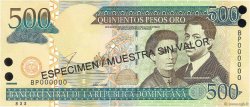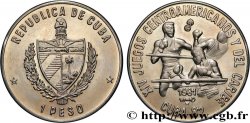fme_690794 - THE 100 GREATEST MASTERPIECES Médaille, L’atelier de Courbet
No disponible.
Artículo vendido en nuestra tienda (2023)
Precio : 55.00 €
Artículo vendido en nuestra tienda (2023)
Precio : 55.00 €
Tipo : Médaille, L’atelier de Courbet
Fecha: 1979
Metal: plata
Milésimas de pureza : 800 ‰
Diámetro: 50,5 mm
Eje de acuñación: 12 h.
Acuñador LUNGER Jane
Peso: 65,97 g.
Canto: lisse + ARGENT 1ER TITRE + losange + 79-P + CRABE
Cuño: Crabe
Comentarios sobre el estado de conservación:
Traces de manipulation et d’oxydation irisée et noire sur la tranche et sur le dessus de la médaille
Anverso
Titulatura del anverso: ANÉPIGRAPHE.
Descripción del anverso: Représentation d’un tableau de Gustave Courbet (1854-1855).
Monogramme du graveur.
Reverso
Titulatura del reverso: L’ATELIER / 1854-1855 / GUSTAVE / COURBET.
Descripción del reverso: Légende en 4 lignes entourée d’une frise végétale.
Comentario
Exemplaire issu du médaillier Franklin qui met à l’honneur un tableau de Gustave Courbet; L’atelier du peintre. Allégorie Réelle déterminant une phase de sept années de ma vie artistique (et morale) : La scène se passe dans l'atelier de Courbet à Paris, sans doute au 32 rue Hautefeuille. Elle est divisée en trois parties : au centre, l’artiste, avec derrière lui, un modèle nu. À sa droite, les élus, les bons ; à sa gauche, ceux qui vivent de la mort et de la misère. Le tableau, qui est une allégorie — réelle ou rêvée ? —, se présente à la fois comme un cénacle organisé en sociotypes, un portrait de la société, et un témoignage de l'état moral de l'artiste.
Ce tableau est conservé est au Musée d’Orsay à Paris.
Médaille sculptée par Jane Lunger.
Théoriquement, le poinçon crabe est censé indiquer un titrage à 800 millièmes.
Ce tableau est conservé est au Musée d’Orsay à Paris.
Médaille sculptée par Jane Lunger.
Théoriquement, le poinçon crabe est censé indiquer un titrage à 800 millièmes.








 Informar de un error
Informar de un error Imprimir la página
Imprimir la página Comparte mi selección
Comparte mi selección Haz una pregunta
Haz una pregunta Consignar / vender
Consignar / vender










